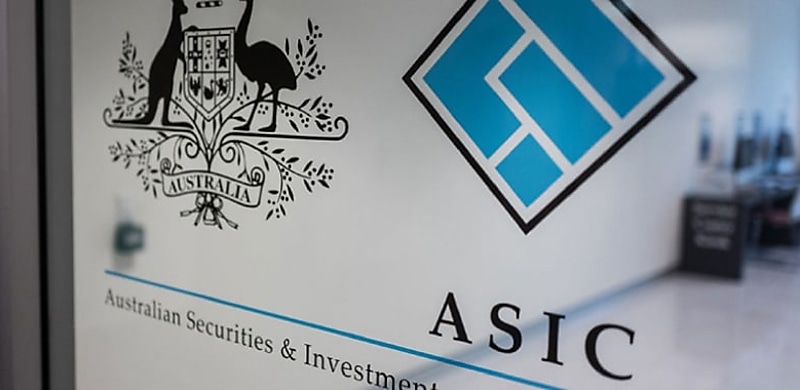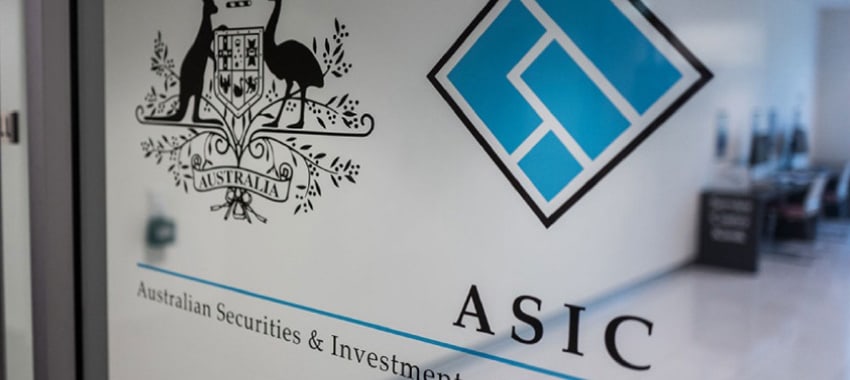
The maximum penalty for breaking the best interests duty is 40 per cent more than when the obligation was first brought in, the FBAA has flagged.
The penalties charged for breaking the law, including those administered by the Australian & Investments Securities Commission (ASIC), have increased for the second time in less than a year.
Over the past decade, penalties have typically increased every two to three years, however, the cost of a single penalty unit has risen twice in the past seven months.
For example, the value of a single penalty unit increased from $222 for the period 1 July 2020 to 31 December 2022 to $275 in January 2023.
Given the maximum civil penalty an individual can be subject to is typically 5,000 penalty units (though it can up to be three times the benefit obtained and detriment avoided, if this amount is greater), the maximum civil penalty unit increased from $1.11 million to $1.38 million at the beginning of the year.
However, the penalty unit values have now risen once again.
As of 1 July 2023, the value of one penalty unit is $313, making the maximum penalty for an individual $1.57 million for offences committed on or after 1 July 2023.
The increase is the result of the automatic indexation of the penalty unit amount under section 4AA of the Crimes Act 1914. The increase, announced the in the federal Budget 2022/23 and legislated by the Attorney-General, is designed to ensure that the real value of a penalty unit is maintained.
The amount will continue to be indexed every three years in line with the Consumer Price Index, as per the pre-existing schedule.
Similarly, the maximum civil penalty for companies has also risen, hitching up to $15.65 million (or whichever is greater: three times the benefit obtained and detriment avoided, or 10 per cent of annual turnover, capped at 2.5 million penalty units, currently $782.5 million).
Noting the increase in the fines, the managing director of the Finance Brokers Association of Australia (FBAA), Peter White AM, flagged that the maximum penalty for breaking the best interests duty obligation is now 40 per cent more than it was when the law first came into effect in 2021.
He pointed out that the maximum fine at the implementation of the BID was $1.11 million, whereas it is now $1.57 million.
“This is an increase of $455,000 or more than 40 per cent and demonstrates the government’s determination to enforce regulations,” he said.
While he flagged that brokers rarely do the wrong thing (with less than 0.5 per cent of all financial complaints relating to brokers, according to the Australian Financial Complaints Authority), he said they should be aware that breaking the law comes with sizeable penalties.
“What sets finance and mortgage brokers apart from banks and others is that we must act in the customer’s best interests and this is a great point of difference,” he said.
“As I meet with senior ministers and regulators, I am often complimented on the integrity across our industry and the way brokers conduct themselves and we should be proud of that.”
Indeed, given the lack of regulatory action needed to be taken by ASIC against brokers this year, the cost of regulating credit intermediaries is expected to be $4.9 million this year, 43 per cent less than it was last year.
However, Mr White added that he felt the size of the increase in the penalty unit values was an opportunity to remind brokers of the importance of maintaining the high standards the industry has set.
[Related: ASIC levies to drop 43% this year]
 Login
Login











JOIN THE DISCUSSION